Bangkok and Barcelona might seem more disparate at first. One sprawls across Southeast Asia with golden temples and sizzling woks, while the other clings to the Mediterranean coast, bursting with Catalan pride and offbeat architecture. Below the surface, however, you’ll discover these beloved hangouts share unexpected connections that catch visitors off guard. Both have flourished as cultural melting pots where ancient traditions exist alongside daring innovation.
Below is a collection of 20 surprise similarities that make Bangkok and Barcelona more alike than most visitors can envision.
Waterfront Evolution
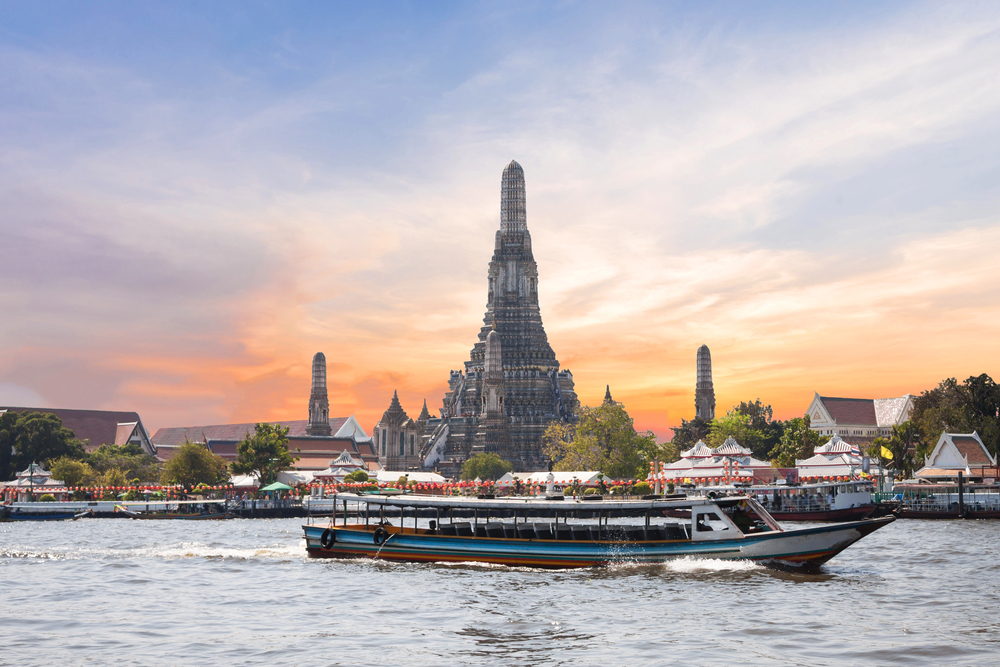
Bangkok’s Chao Phraya River has undergone spectacular transformation in recent years, as did Barcelona’s seafront Mediterranean reconstruction before the 1992 Olympics. What once served industrial purposes in both cities has developed into vibrant social hubs.
You can observe residents and tourists strolling along those riverfront promenades, which now enjoy everything from high-end restaurants to public art installations.
Architectural Contrasts

Barcelona overlays Gaudí’s whimsical organicity onto Gothic gravitas – creating a theatrical visual chronology that you can walk through literally. Bangkok does the very same thing, but with entirely different architecture; glitzy towers tower over old temples with colonial buildings filling the gap between old and new.
They’ve both discovered architectural diversity rather than attempting to impose unity upon their landscapes.
Like Travel Pug’s content? Follow us on MSN.
Uniquely Design Transit Systems
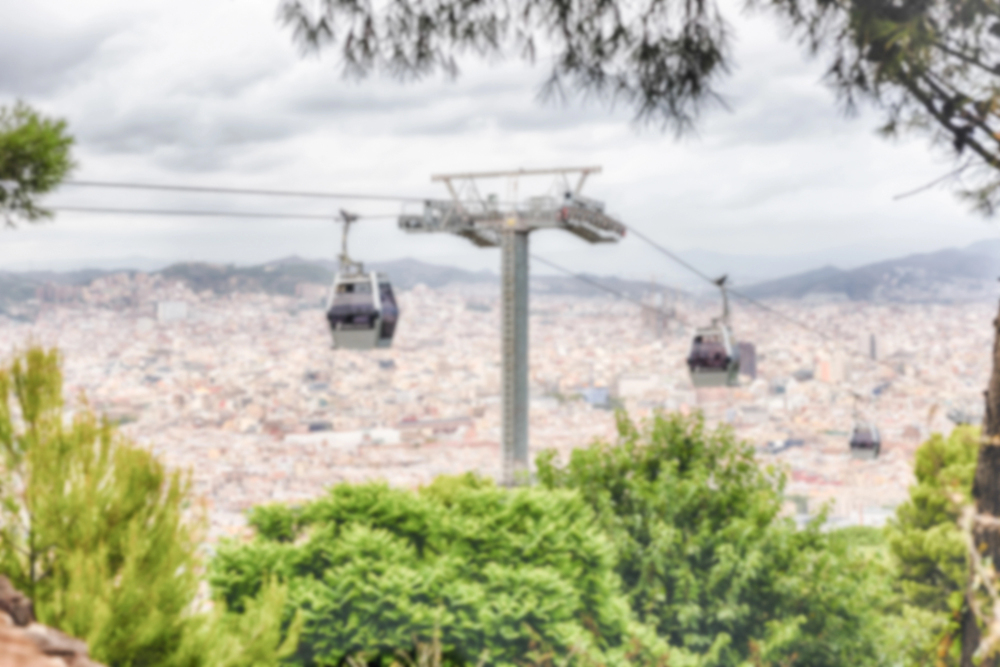
Barcelona’s teleférico cable cars pend over neighborhoods – providing views unavailable at street level. Bangkok’s Skytrain, which is elevated, accomplishes something remarkably similar in spite of the contrast in technology.
These are not merely a means of transportation; they are attractions in themselves. Thousands of tourists use these over-the-street systems just so they can snap photos of cityscape vistas exposing urban patterns unseen from ground level.
Market Culture

La Boqueria in Barcelona and Chatuchak Weekend Market in Bangkok represent far more than shopping destinations – they’ve evolved into cultural institutions where commerce meets tourism. Neither has completely surrendered to tourist demands; you’ll still find locals bargaining for everyday necessities alongside camera-wielding visitors.
These markets function as living museums where traditional business practices continue despite the tourism spotlight.
Late-Night Dining Schedules

Barcelona’s famously late dinner culture might shock first-time visitors – restaurants often sit nearly empty until after 9 PM. Bangkok follows surprisingly similar patterns, though for different cultural reasons; many street food vendors don’t even begin setting up until evening temperatures drop.
Both cities truly come alive after dark – defying the earlier dining schedules that prevail in many Western countries.
Like Travel Pug’s content? Follow us on MSN.
Labyrinthine Old Quarters
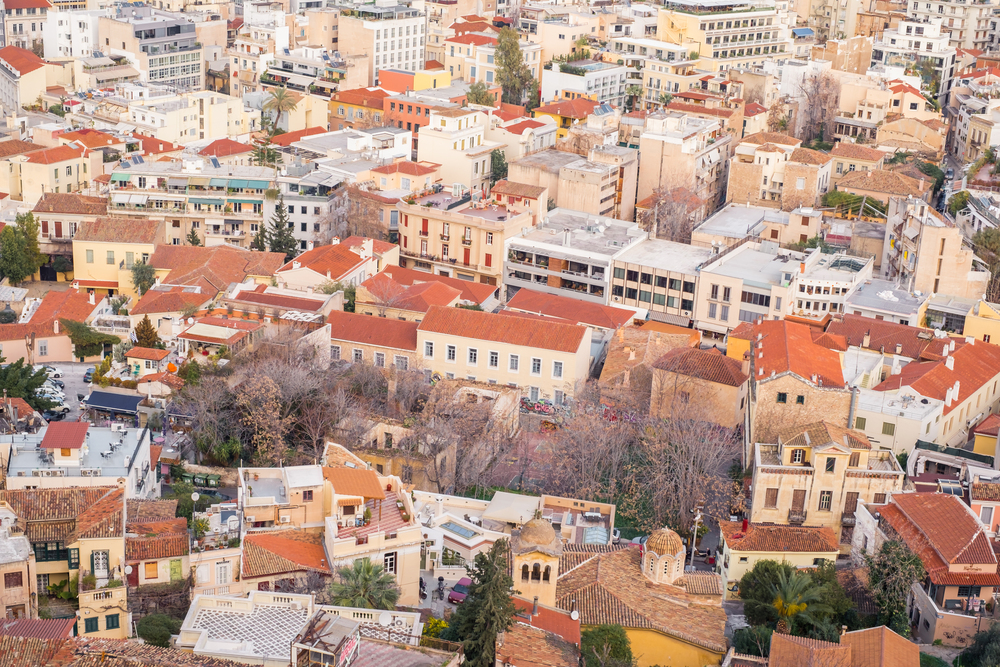
The Gothic Quarter’s medieval alleyways confound mapping apps, rewarding explorers with hidden plazas and centuries-old shops nestled behind unremarkable doorways. Bangkok’s historic Rattanakosin Island creates equally disorienting experiences despite being half a world away.
These historic cores have stubbornly maintained their pre-automobile street patterns, creating neighborhoods where getting pleasantly lost becomes essential to understanding the city’s soul.
Distinctive Urban Parks
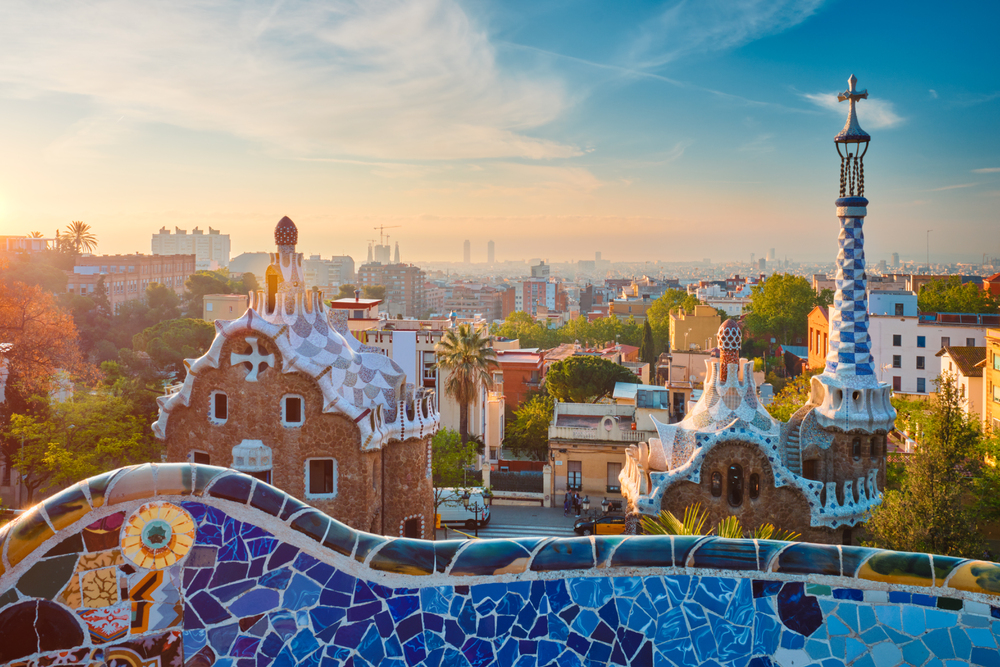
Park Güell provides Barcelona with carefully designed respite from urban intensity – balancing artistic elements with natural landscapes. Lumphini Park serves identical functions in Bangkok, though with tropical vegetation replacing Mediterranean flora.
These aren’t merely green spaces; they’re outdoor community centers. Visitors witness similar human patterns in both morning exercise groups, afternoon picnickers, and sunset socializers, all finding personal space within crowded urban environments.
Coastal Day Trips

Barcelona serves as the gateway to Costa Brava’s beach towns, destinations that city residents escape to whenever possible. Bangkok maintains nearly identical relationships with Pattaya and Hua Hin, coastal retreats within weekend-trip distance.
Regular migration patterns have shaped transportation infrastructure in remarkably parallel ways. Even real estate markets show similar weekend home phenomena despite vastly different architectural styles.
Like Travel Pug’s content? Follow us on MSN.
Street Food Reputation

Barcelona’s pincho bars encourage sampling multiple small portions while standing, creating social dining experiences around constant grazing rather than formal meals. Bangkok’s street food stalls developed entirely separate traditions that somehow arrived at comparable customs.
Both cities elevated casual eating to cultural touchstones, though Bangkok now navigates formalization pressures that Barcelona experienced decades earlier.
Neighborhood Identity
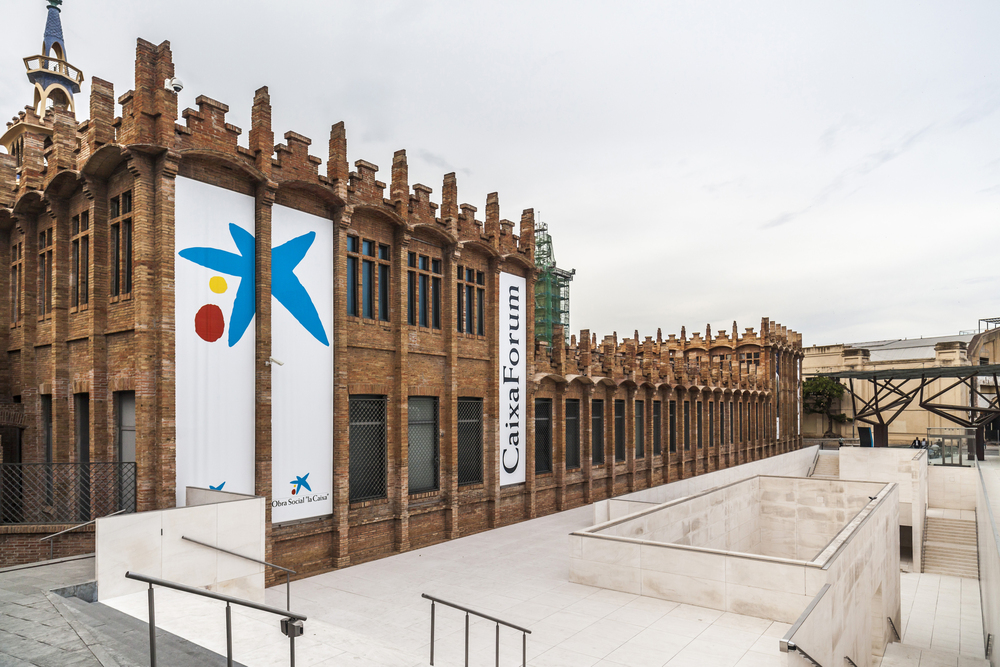
Proud Barcelonians often identify with Gràcia or El Born before claiming the broader city – maintaining fierce neighborhood loyalty despite urban expansion. Bangkokians demonstrate identical patterns, with residents of Thonburi or Ari displaying similar micro-loyalties.
This neighborhood pride influences everything from dining preferences to political alignments in surprisingly similar ways across both metropolitan areas.
Religious Architecture Tourism
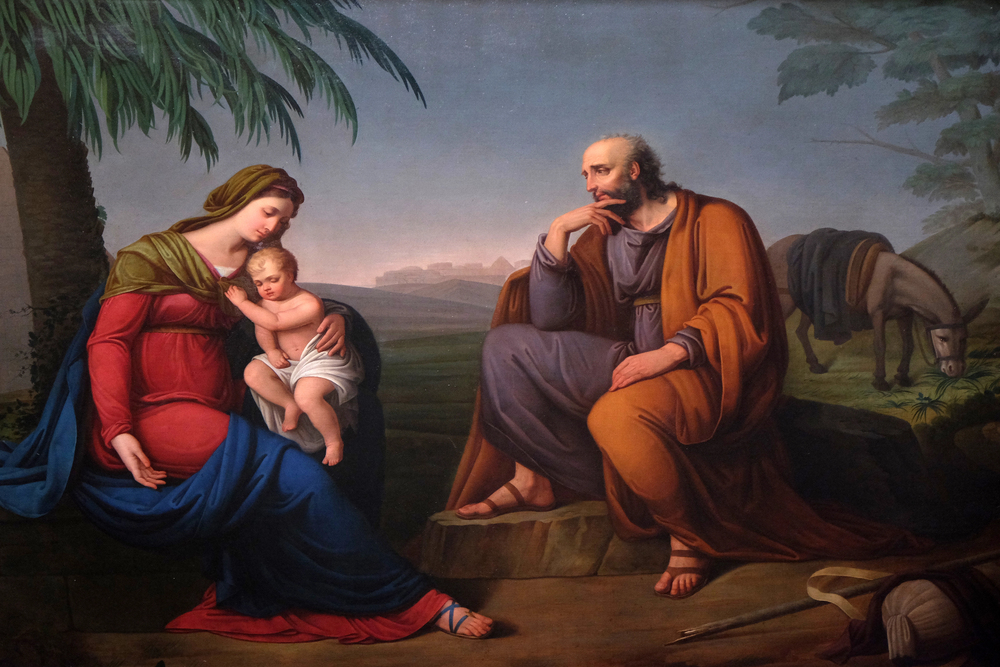
The Sagrada Família attracts far more photo-taking tourists than actual worshippers on any given day. Wat Arun in Bangkok experiences virtually identical visitor patterns despite serving entirely different faiths. Both structures have transcended their religious origins to become iconic city symbols that religious and secular visitors alike feel compelled to photograph.
Management at both sites navigates the delicate balance between sacred space and tourism revenue.
Like Travel Pug’s content? Follow us on MSN.
Transportation Hub Status
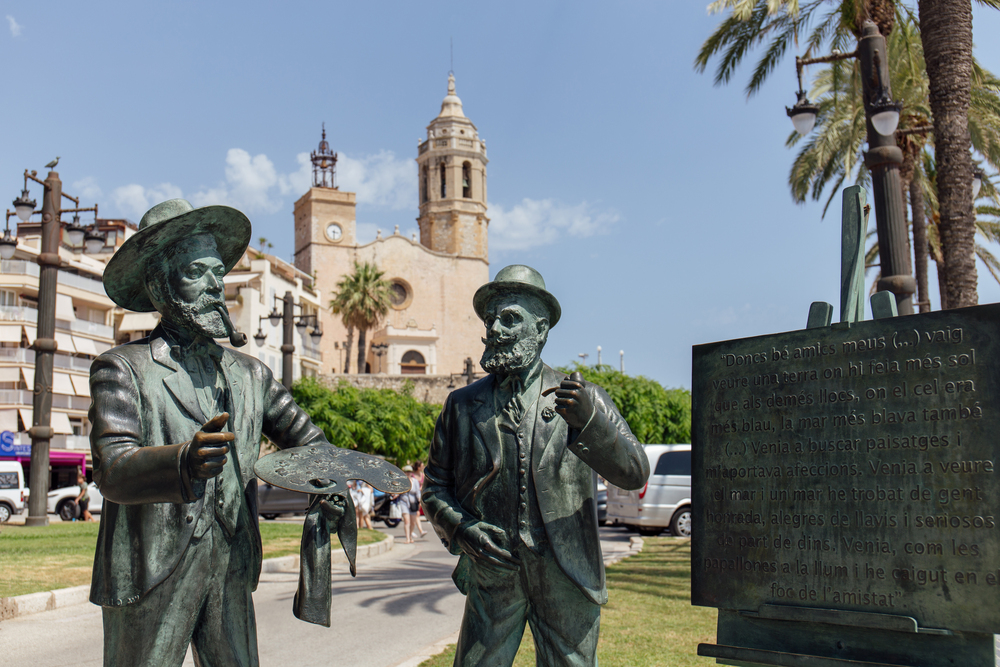
Both cities function as crucial gateways—Barcelona connects Mediterranean cruises with European rail networks, while Bangkok links Southeast Asian aviation routes with regional rail systems. This infrastructure position creates natural starting points for wider explorations.
The economic impact extends beyond tourism into business travel, cargo logistics, and diplomatic functions in strikingly parallel patterns across both urban economies.
Emerging Design Districts
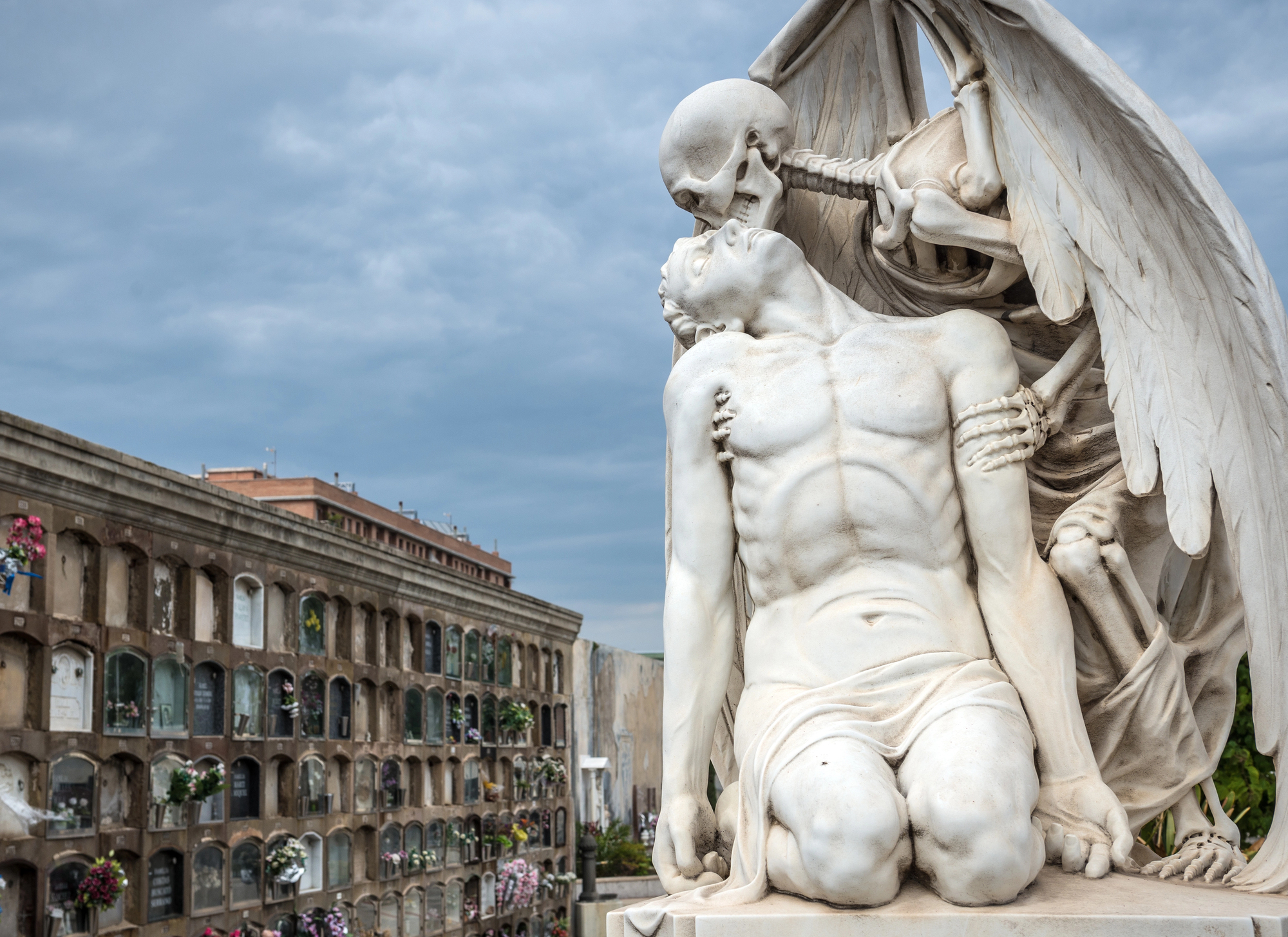
Poblenou’s transformation from Barcelona’s industrial zone into a creative hotspot mirrors the evolution of Bangkok’s Charoen Krung area. The repurposing of factory buildings into design studios, galleries, and tech startups has created remarkably similar urban landscapes despite different architectural traditions.
Both districts attract similar demographics – younger creative professionals seeking authenticity and workspace affordability just beyond the city center.
Public Space Innovations

Barcelona pioneered the ‘superblocks’ concept that reclaims streets from vehicles for human use. Bangkok has developed its approaches to the same challenge by transforming spaces beneath elevated highways into vibrant public areas.
These adaptive strategies reveal parallel philosophies about urban priorities. Both cities continually experiment with ways to create human-scaled experiences within dense urban environments built initially for different purposes.
Like Travel Pug’s content? Follow us on MSN.
Distinctive Drinking Cultures

Barcelona’s vermut tradition – leisurely afternoon drinking with light snacks – shares surprising similarities with Bangkok’s growing craft beverage scene. Neither emphasizes rapid consumption; both prioritize social connection through specialized drinking rituals unfamiliar to most visitors.
Residents in both cities maintain fierce pride in distinctive beverage traditions that resist global homogenization despite international tourism pressure.
Construction Controversy
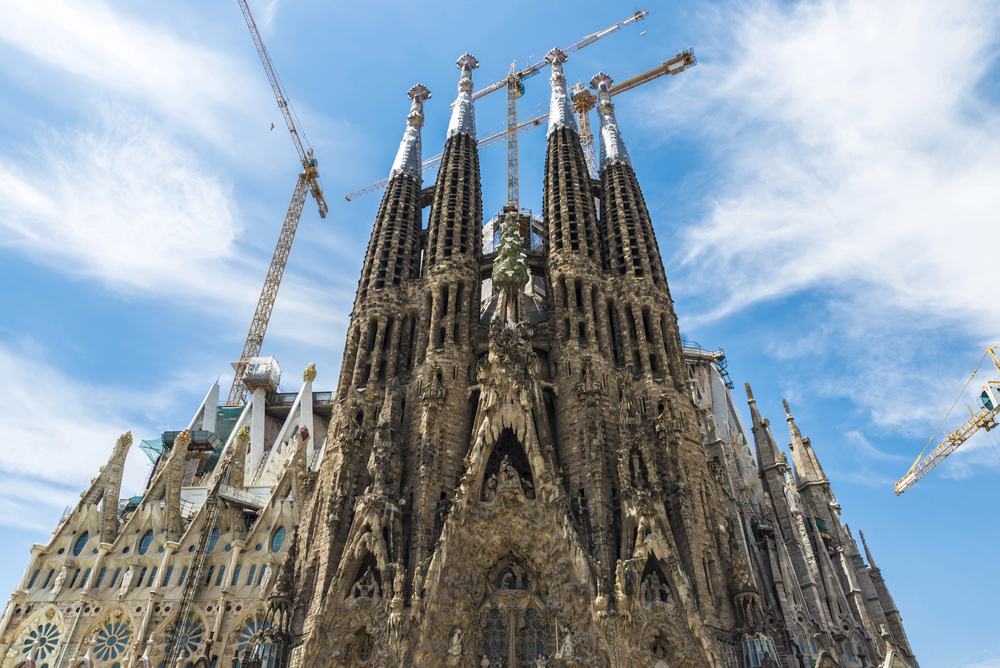
Barcelona’s perpetually unfinished Sagrada Família inspires passionate debates about authenticity, construction timelines, and architectural integrity. Bangkok’s Grand Palace renovation projects trigger nearly identical controversies, though focused on different aesthetic traditions.
These high-profile projects reveal broader tensions about development priorities and cultural heritage. Public discourse in both cities features remarkably similar arguments despite completely different architectural contexts.
Bicycle Adaptation
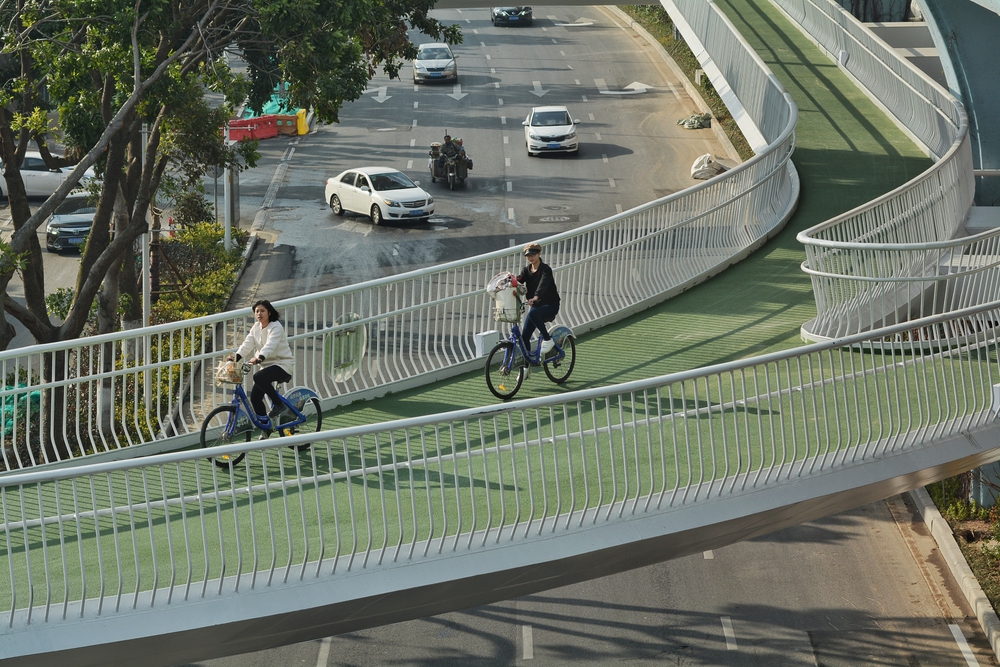
Both cities have retrofitted bicycle infrastructure into urban environments never designed for cycling. Barcelona’s Bicing system and Bangkok’s expanding bike lanes represent similar adaptations to contemporary transportation needs.
The challenges they face show striking parallels—from climate extremes to competing with established traffic patterns. Visitors notice cyclists navigating complex historical districts with comparable determination in both urban settings.
Like Travel Pug’s content? Follow us on MSN.
Tourist-Local Tensions
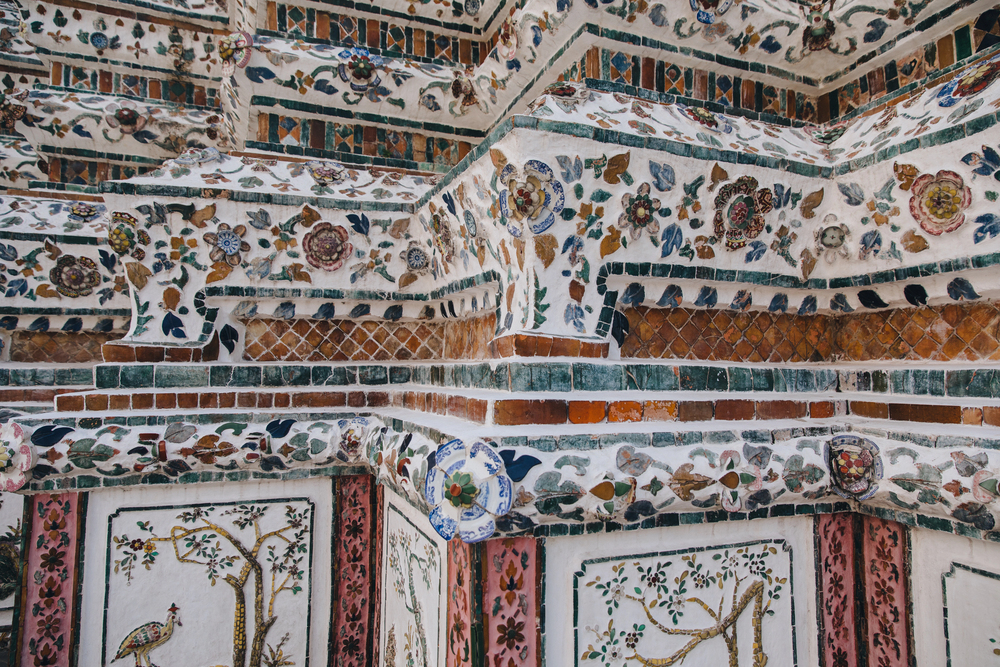
Barcelona’s anti-tourism protests made international headlines as residents pushed back against over-tourism impacts, including rising housing costs and overcrowded public spaces. Bangkok faces nearly identical tensions, though expressed through different cultural frameworks.
Both city governments have implemented remarkably similar management strategies, including timed entry systems, tourism taxes, and rental regulations that reflect shared challenges despite different economic contexts.
Culinary Fusion Innovation
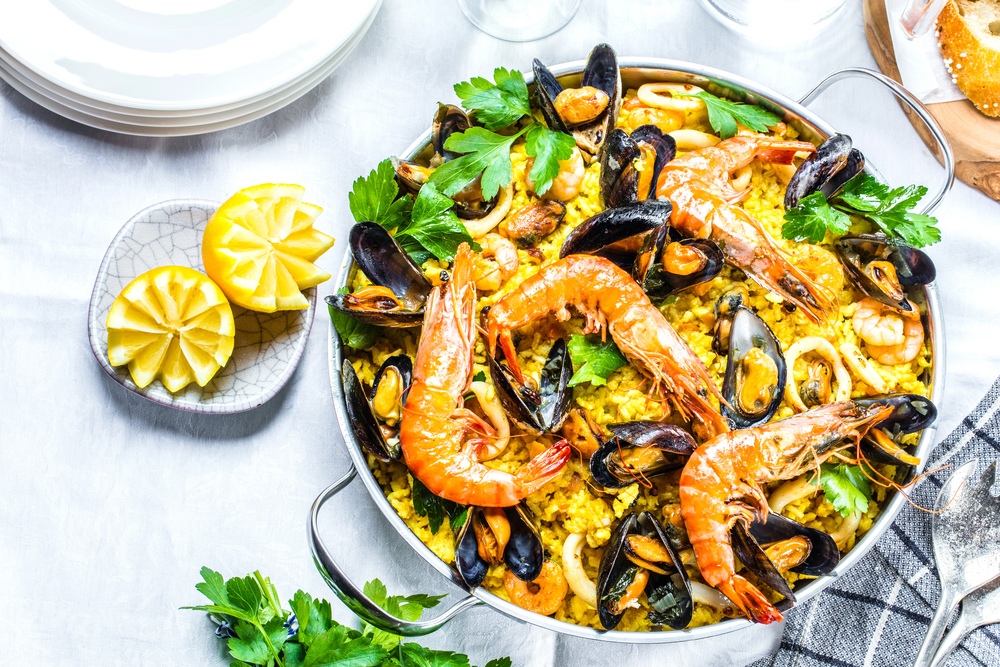
Barcelona’s molecular gastronomy movement blended Catalan traditions with avant-garde techniques, creating globally influential culinary innovations. Bangkok’s progressive chefs have followed comparable trajectories by combining Thai flavors with international methods.
These parallel developments occurred largely independently yet arrived at similar philosophies about respecting tradition while embracing innovation. Both cities attract food tourists seeking experiences that challenge conventional culinary boundaries.
Distinctive Urban Soundscapes

The evening paseos in Barcelona create distinctive soundscapes filled with conversation, clinking glasses, and distant music. Bangkok’s street life generates remarkably similar auditory environments, though featuring completely different languages and musical traditions.
The volume, rhythm, and social energy produce comparable acoustic signatures that are immediately recognizable to anyone who has visited both cities. These soundscapes form essential elements of each city’s sensory identity.
Like Travel Pug’s content? Follow us on MSN.
Beyond Surface Differences
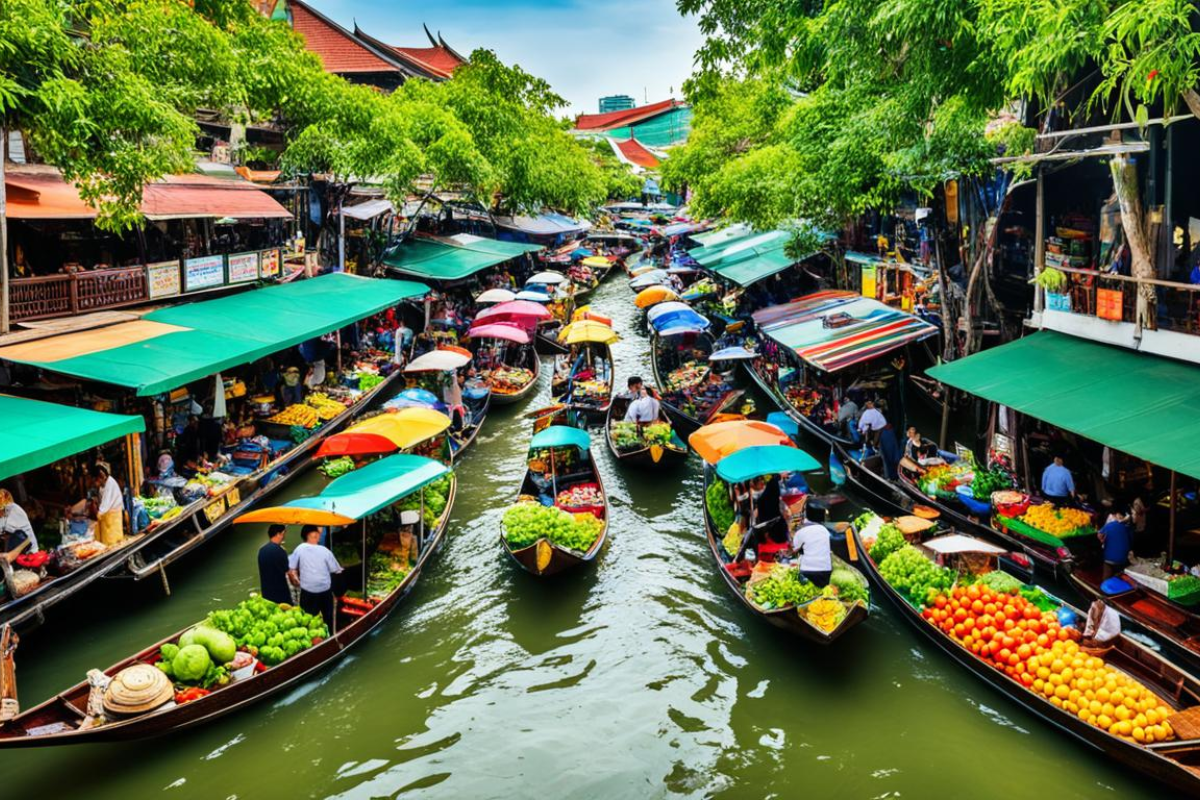
While visitors gaze at the surface variations between Bangkok and Barcelona, they discover common metropolis themes created by great cities in spite of geography or culture. These parallels to common issues remind us that successful cities adapt similar characteristics in various circumstances.
The best travel experiences derive from seeing these unexpected links – the common human imagination that builds unique cities and reveals shared city dreams spanning continental divides.
More from Travel Pug

- 20 Destinations That Were Once Thriving but Are Now Quietly Disappearing
- 15 Hidden Spots in Disney World’s Magic Kingdom Most Visitors Miss
- 20 Once-Popular Beach Towns That Are Now Ghostly Empty
- 20 Beautiful US Lakefront Towns Where You Can Live for Under $2000 a Month
- 20 Caribbean Islands That Are Safer Than People Think
Like Travel Pug’s content? Follow us on MSN.
